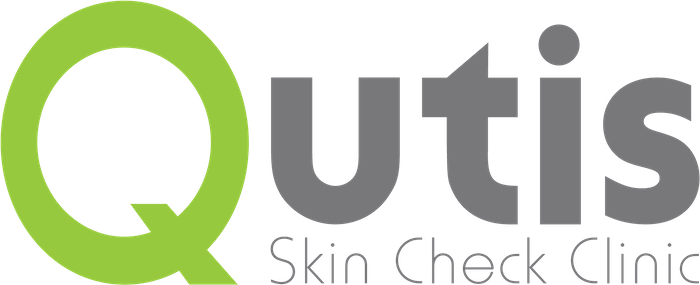Skin health is vital, and early detection of potential issues can be life-saving. At our skin check clinic, we emphasize the importance of regular skin examinations and the role of skin biopsies in diagnosing conditions. This article explores the different types of skin biopsies, their benefits, and essential aftercare for optimal healing.
Types of Skin Biopsies
Skin biopsies are medical procedures used to remove a sample of skin for laboratory analysis. There are several types, each suited to specific situations:
1. Shave Biopsy
In a shave biopsy, the doctor uses a small blade to remove the top layers of skin, often for superficial lesions. This method is quick, typically requiring local anesthesia, and is ideal for moles, warts, or other raised skin abnormalities.
2. Punch Biopsy
A punch biopsy involves using a circular instrument to remove a deeper core of skin, including the epidermis, dermis, and sometimes subcutaneous tissue. This technique is beneficial for diagnosing conditions like rashes or skin cancers. It may require stitches, depending on the size of the sample taken.
3. Excisional Biopsy
In an excisional biopsy, the doctor removes an entire lesion along with some surrounding tissue. This method is often used for larger moles or suspicious areas that may be cancerous. It typically requires local anesthesia and stitches for closure.
Benefits of Skin Biopsies
Undergoing a skin biopsy may seem daunting, but the benefits far outweigh the temporary discomfort:
- Accurate Diagnosis: Biopsies provide definitive information about the nature of skin lesions, enabling precise diagnosis of conditions like skin cancer, dermatitis, infections, and autoimmune diseases.
- Early Detection: Identifying issues early increases the chances of successful treatment, particularly with skin cancers, which are often treatable when caught in their initial stages.
- Informed Treatment Plans: Understanding the specific skin condition allows healthcare providers to develop targeted treatment strategies, improving outcomes and patient quality of life. (See our article : ‘Following Your Diagnosis‘)
Aftercare for Biopsy Wounds
Proper aftercare is crucial for healing and minimizing complications after a skin biopsy. Here are essential aftercare tips:
1. Keep the Area Clean
On day 2 or 3 after your biopsy, take the dressing off and cleanse the wound under the shower.
2. Moisturize and Protect
Place some Papaw Ointment or Vaseline over the area to keep wound moist and cover with Micropore. Micropore will be provided for you after your biopsy, and Lucas’ Papaw Ointment is available for purchase at reception in three sizes.
3. Avoid Picking or Scratching
Refrain from touching the biopsy site to prevent infection and promote healing. If itching occurs, talk to your doctor about appropriate remedies.
4. Limit Sun Exposure
Protect the healing skin from sun exposure, which can cause irritation and pigmentation changes. Use sunscreen or cover the area with clothing.
5. Follow-Up Care
Attend any follow-up appointments to discuss biopsy results and further treatment if necessary. Monitor the site for signs of infection, such as increased redness, swelling, or pus, and contact your doctor if you experience these symptoms.
6. Pain Management
If you experience discomfort, over-the-counter pain relievers can help. Always consult with your healthcare provider before taking any medication.
Conclusion
Skin biopsies are vital tools in diagnosing and managing skin conditions. Understanding the types of biopsies, their benefits, and proper aftercare can empower patients to take charge of their skin health. If you have concerns about your skin or need a biopsy, don’t hesitate to schedule a visit at our skin check clinic. Early intervention can make all the difference in maintaining healthy skin and overall well-being.


Recent Comments